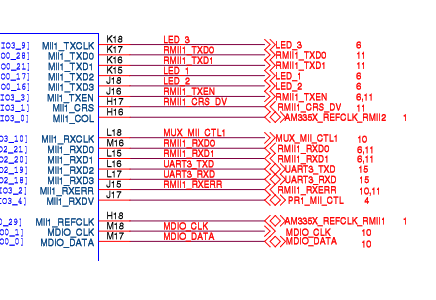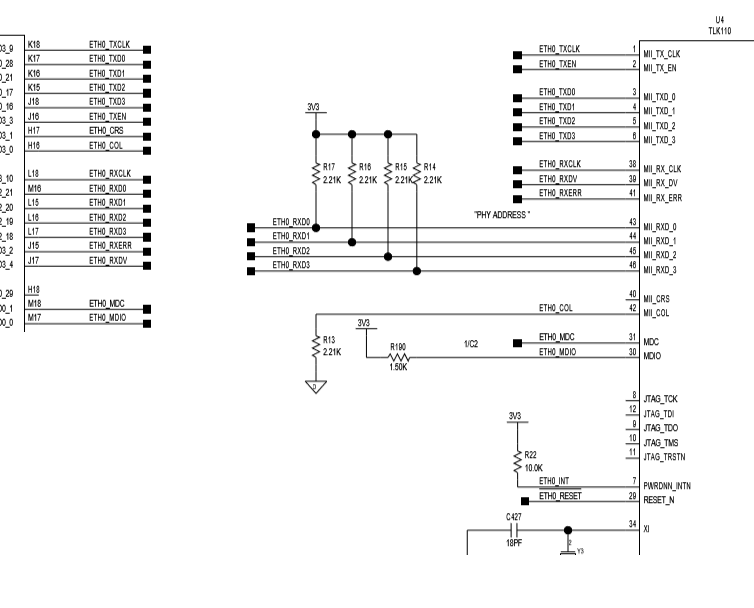Other Parts Discussed in Thread: TLK110, AM3358
Tool/software: Code Composer Studio
I have the IceV2 example working and I can ping the board; however, the TLK110 is connected to the PRU (I believe for Ecat reason). The BBblack connects a different chip to the MAC port. Has anyone done a board with TLK110 on the MAC port and got it to work with NDK? LWIP work, but I would like to switch to NDK. Any help would be great!



